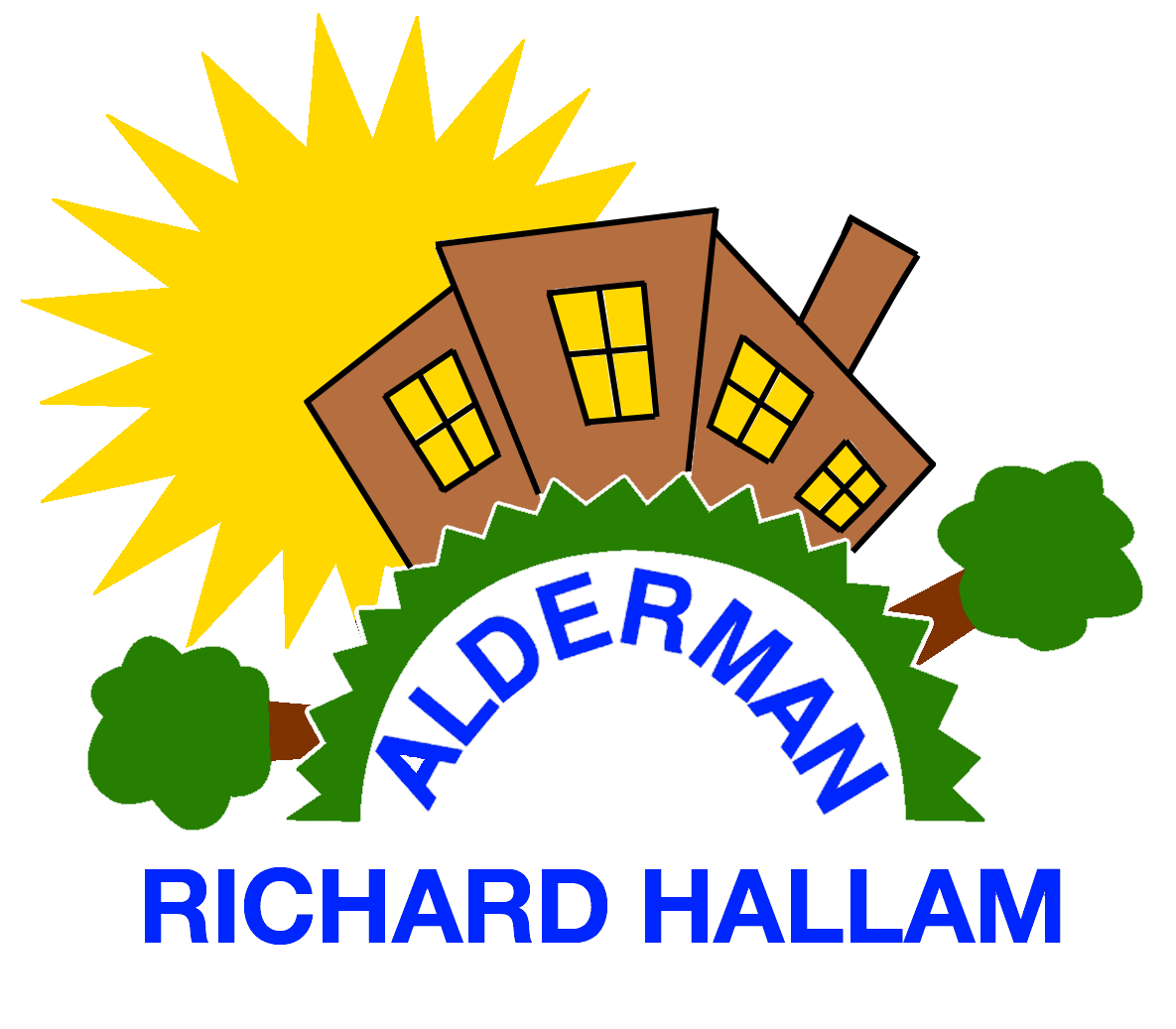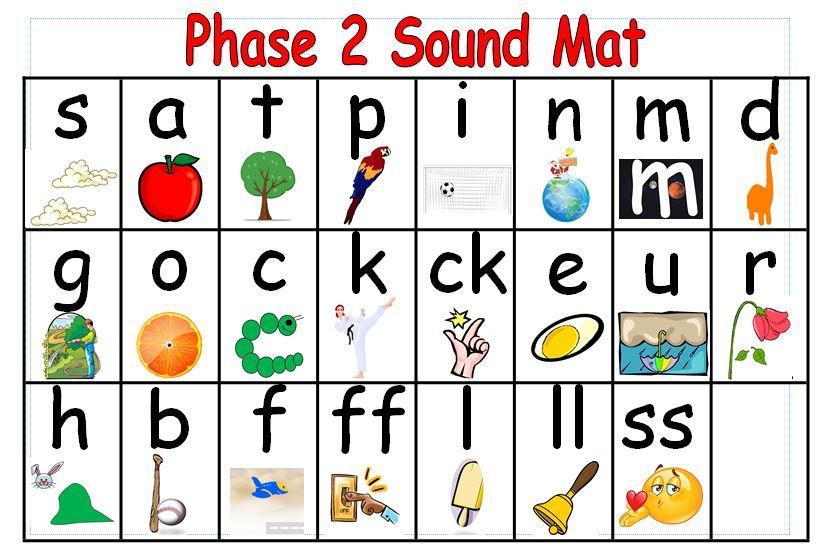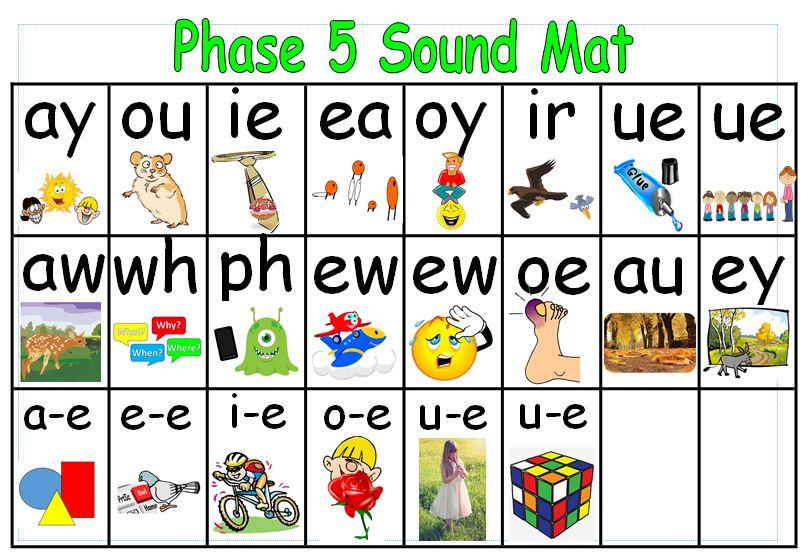Phonics and Reading
What do we do about reading and phonics in KS1?
At ARH we are extremely passionate about reading. We feel every pupil deserves to be inspired and motivated to read. Our curriculum is centred around books as we follow a Novel-Based approach with novels linked to our topics. This ensures that children have the opportunity to study a variety of texts which are progressive in nature.
Phonics and Reading
Throughout Foundation Stage and Key Stage One, pupils are taught phonics explicitly. KS1 are currently using Flying with Phonics and Reception are following Partnership Phonics. For more information regarding Foundation Stage phonics, please see our Early Reading page here.
KS1 Phonics Sound Mats
Reading in Key Stage 1 and Key Stage 2
As the children progress through school, the main focus moves towards enriching comprehension skills. We are passionate about not only teaching children to decode the words on the page, but gain a deeper understanding of what they are reading. Pupils in Years 1 - 6 have a weekly explicit reading lesson. Children in Y1 have one-to-one reading sessions on a weekly basis and this progresses to whole class daily guided reading during Y2. These daily Guided Reading sessions follow progressive extracts from quality texts. Each day has a specific focus. On Monday we work on reading fluency skills; Tuesday is the time we focus on vocabulary; Wednesday is the day for retrieval or visualisation; Thursday looks at inference, comprehension and understanding and Friday is the day we look at prediction skills.
Each day children have a Big Read at the end of the day. This could be reading our Novel for the half-term, books by the same author as our novel or another great book which we love to read.
Small Group Guided Reading has proved to be one of the most successful strategies in drawing out pupils’ knowledge and understanding of various texts and helps to promote a love of reading for pleasure. We use this approach as an intervention with children who are identified as needing extra support. This approach is used alongside explicit reading lessons, shared and modelled reading.
For more information regarding how reading is taught, please see our English Policy.
How to help with your child’s reading at home:
We encourage all of our pupils to read at home and to log evidence of this in their home reading journal. At the back of the journal, you will find some useful questions that you could use when reading with your child. These types of questions help to strengthen their understanding and make reading a much more enjoyable and interactive experience! If your child reads independently, you may find some of these suggestions valuable:
-
Can your child sum up in one sentence what they have just read?
-
Could they make a comic strip of what they have read?
-
Can they create a quiz based upon the book they have just read?
-
Can they write a book review, recommending it to a friend?
You can find our reading and phonics policies by clicking on the link below:
To see the phonics actions and sounds we use in school, please click on the link below:
Phonics at Home
Please see activity sheets below to use at home with your child in order to practice the skills of segmenting and blending words and sentences using the sounds that your child has been learning at school.
In order to read a word we use the strategy of:
- Detect the sounds
- Segment it (Robot arms)
- Blend it together
In order to write a word we use the strategy of:
- Say the word
- Segment it (Robot arms)
- Write the sounds you hear
KS1 Phase 2 Phonics at Home Sheets
KS1 Phase 3 Phonics at Home Sheets
- Sounds j, v, w, x. Tricky words are, her.pdf
- Sounds y, z, zz, qu Tricky words was, all.pdf
- Sounds ch, sh, th, ng Tricky words they, my.pdf
- Sounds ai, ee, igh, oa Tricky words said, have.pdf
- Sounds oo, oo, ar, or. Tricky words like, so..pdf
- Sounds ur, ow, oi, ear. Tricky words do, some.pdf
- Sounds air, ure, er. Tricky words come, little.pdf
KS1 Phase 5 Phonics at Home Sheets
- Sounds ay, ou, ie, ea. Tricky words one, were.pdf
- Sounds oy, ir, ue, ue Tricky words there, what.pdf
- Sounds aw, wh, ph, ew Tricky words when, out.pdf
- Sounds ew, oe, au, ey Tricky words who, Mrs, people.pdf
- Sounds a-e, e-e, i-e, o-e Tricky words their, called, Mr..pdf
- Sounds u-e, u-e Tricky words looked, asked, could.pdf
For more ways to support your child with reading at home, please see here:
BookTrust: Getting children reading | BookTrust
Hungry Little Minds – Simple fun, activities for kids aged 0 – 5 (campaign.gov.uk)
10 top tips for parents to support children to read - GOV.UK (www.gov.uk)



